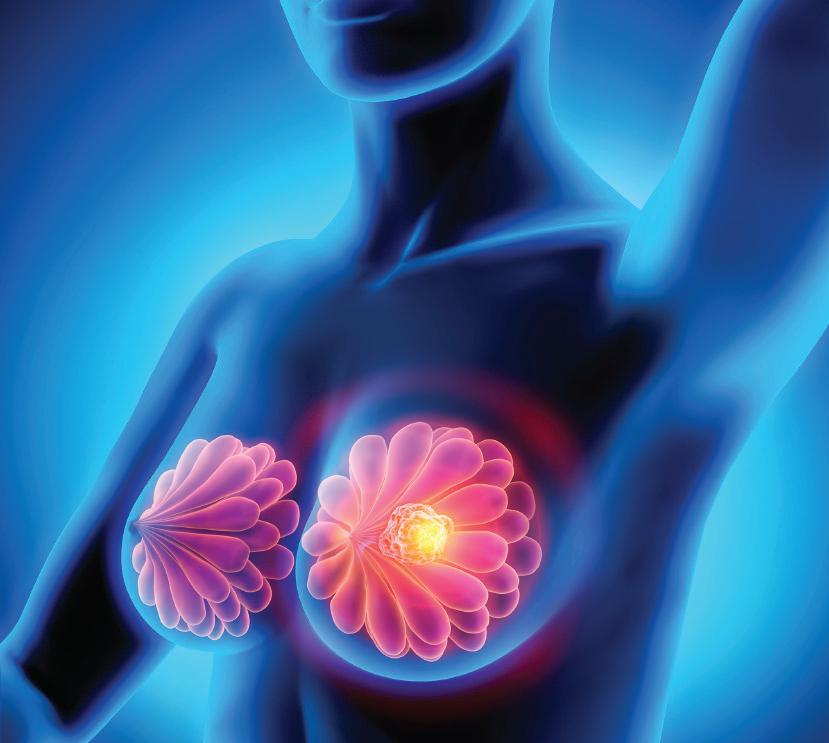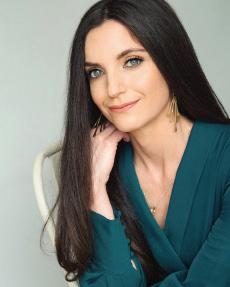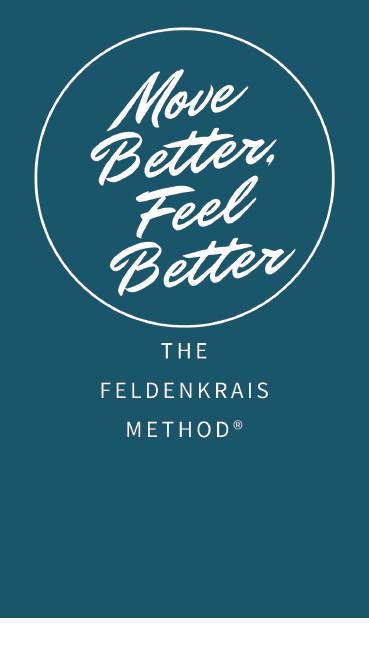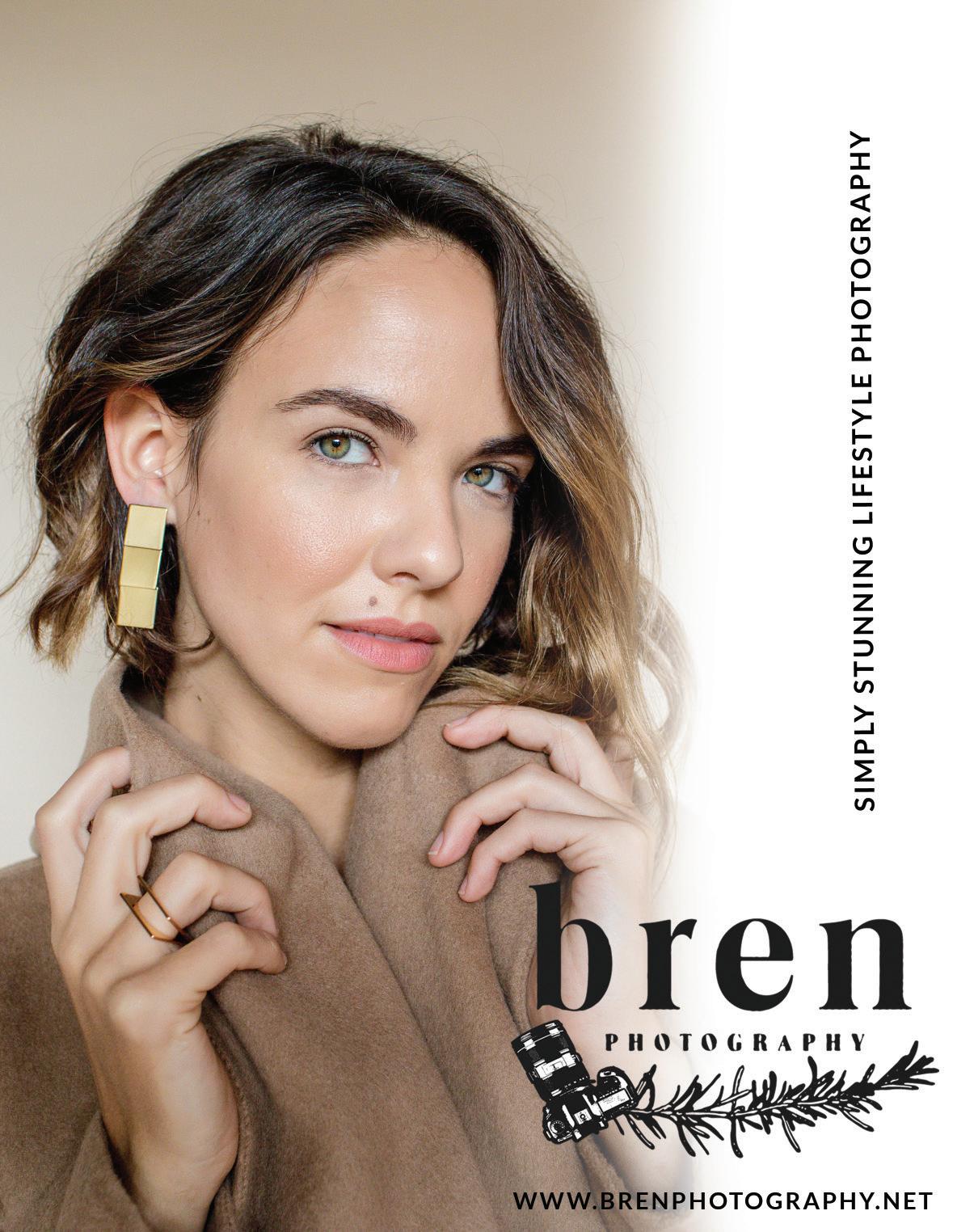
6 minute read
All About Breasts
By Natasha Kubis
Our Beautiful Biology
Advertisement
Throughout history, the female breast has been a locus of art, sexuality, eroticism, fertility, abundance, and nurturance. The symbolism and politics of this sacred anatomy has evolved to fit the standards and beliefs of each time and culture. Ancient Egyptians, for example, represented breasts in their art, typically for religious purposes, while showing female deities breastfeeding pharaohs as proof of their divine status. The Ancient Romans were more liberal in expressing the sensuality of the female body in their masterpieces, while the Middle Ages, shaped by strict religious discipline, held more modest representations of the female body. Despite the varying, often objectifying, representations of the female breast in art and culture, breasts are an evolutionary powerhouse. With their complex system of glands, ducts, and high concentrations of estrogen receptors, breasts are responsible for fascinating anatomical functions, such as helping puberty occur at the optimal time and creating nature's most perfect food, nutrient-rich breast milk.
Breast Anatomy 101
The breasts are medically known as the mammary glands, and these glands are made up of lobules (milk-producing glandular structures), and a system of ducts that transport milk to the nipple for breastfeeding.
Breast tissue develops in the fetus along milk lines, extending from the armpit to the groin. The technical term for milk lines is ventral epidermal ridges, and these are the precursors to the mammary glands and nipples. Each breast has 15 to 20 lobes that surround the nipple in a radial manner, like spokes on a wheel. Inside these lobes are smaller sections, called lobules. bulbs that produce milk. These structures are linked together by small tubes called ducts, which carry milk to the nipples. Between the glandular tissue and ducts, the breast contains fat and connective tissue.
The nipple is in the center of a dark area of skin called the areola. The areola contains small glands that lubricate the nipple during breastfeeding. Each breast also contains blood vessels and vessels that transport lymph. Lymph is a fluid that travels through a network of channels called the lymphatic system and carries cells that help the body fight infections.
Breasts Make Nature's Most Perfect Food
It is no wonder that breast milk is referred to as “Liquid Gold”. It contains 100% of the daily fat, proteins, vita
mins, minerals, sugars, enzymes, and antibodies that a baby needs to grow, and ward off disease. Human infants are designed to be exclusively breastfed for about 6 months, and then the baby graduates to eat some food, in addition to breast milk. Here are some of the great health benefits of breast milk:
The first feedings contain colostrum, which delivers a high concentration of antibodies. The laxative effect of colostrum gently clears the baby's intestine, decreasing the chance of jaundice.
It contains antibodies, enzymes, and white blood cells, which protect your baby from viral, bacterial, and parasitic infections.
It encourages the growth of probiotics and “good” bacteria in the digestive tract.
Additional immune components in breast milk provide protection against food allergies and eczema early in life.
Breast milk provides a defense against some common childhood illnesses such as, vomiting, diarrhea, pneumonia, urinary tract infections, types of meningitis, and can protect against some chronic conditions like celiac disease, inflammatory bowel disease, and asthma.
Breastfeeding lowers the risk of Sudden Infant Death Syndrome (SIDS), and increases the effectiveness of immunizations.
When at your breast, the sucking action of your baby strengthens their oral muscles, facial bones, and supports good dental development. Breastfeeding supports brain development and is shown to improve IQ scores later in life.
Breastfeeding may help prevent obesity and lower your child’s risk of developing diabetes in adolescence and adulthood. The hormones released while you feed your little one help to lower your stress levels.
A Walkie Talkie for Mom and Baby
Breasts are the gateway of communication between mom and baby. Nature has designed the breast to make a perfect product for its offspring. Here are some of the ways breasts communicate with the mom and the infant.
Areolas give off a scent. Around the edge of the areola are little bumps called Montgomery's glands. When nursing, these glands produce a
scent that only babies can detect. It smells like amniotic fluid, so the baby is drawn to the area. The areola becomes darker during pregnancy and breastfeeding. Babies can see shades of lights and darks early on. By the areolas getting darker, it helps the baby recognize it. A baby’s hands are designed to knead the breasts and stimulate the milk while their feet help them push up toward their mom’s breast. When the breast senses an infection, it tips off the mom's immune system to put out more lactoferrin and relevant antibodies.
When the baby is older than 1 year, the milk adapts to contain more fat and cholesterol to match the child’s more active lifestyle. If the baby is born prematurely, the breast milk will make higher concentrations of protein and caloric density. The breast knows when the mom is stressed, and in response will hold back her output of milk, until the stress response has averted. Stress can also put cortisol into the milk supply, which has shown to affect the baby’s personality. These are good reasons to focus on self care and relaxation techniques whenever possible.

Cells in the breast communicate with cells in the bone, telling the bones how much calcium content it needs to release to make the perfect formula. During breastfeeding a mom loses up to 6% of her calcium for her little one, so it is important to replenish that in the diet.
Natasha Kubis is a licensed acupuncturist and certified yoga teacher. For more information, visit
acuwellhealth.com

Dig Deep, Practice and... F i n d Y o u r V o i c e
Blues Jazz
Pop Rock Soul Country
Pre-Teens to Baby Boomers Novice to professional


Peggy Ratusz Vocal Coach 828.301.6768
peggymarie43@gmail.com reverbnation.com/peggyratusz
FUNKY M Dig Deep, Practice and... USIC
IS FUN.

FUNKY WATER IS NOT.
Improve balance, reduce pain, realize your dreams
laviniaplonka.com Lavinia Plonka, GCFP 828.258.7220
828-251-2420

Listen to what your body is telling you today
I hear your body. As a Massage Therapist and a firm believer in a holistic approach to healing, the mind, body, and spirit must flow together. Throughout my practice, I listen to where your body needs help and guide you to bring attention to those areas of disconnect while you use your self-awareness to connect these energies. We must check in with ourselves to see what our needs are, having a Massage is a way to promote well-being and ultimately connect your awareness to where you are today.
Mountain Village Massage Doula
Millie Parker

NCLMBT#18646 (828) 527-2329 millie.jo.obuckley@gmail.com milliejoobuckley.wixsite.com/ mountainvillagemassa
Accepting new massage clients and expecting mothers.





